Home>Home Appliances>Laundry Appliances>Why Is My Washing Machine Not Working
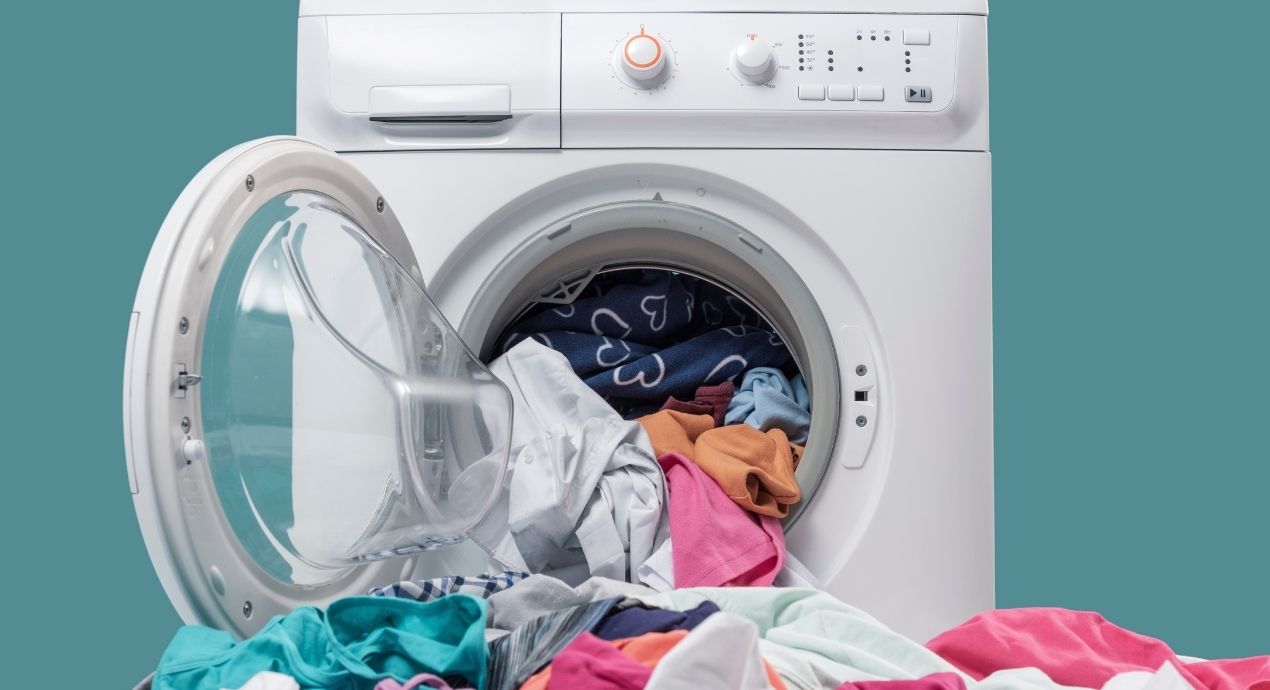

Laundry Appliances
Why Is My Washing Machine Not Working
Modified: August 27, 2024
Discover common reasons why your laundry appliances may be malfunctioning and learn how to troubleshoot the issues. Keep your washing machine running smoothly!
(Many of the links in this article redirect to a specific reviewed product. Your purchase of these products through affiliate links helps to generate commission for Storables.com, at no extra cost. Learn more)
Common Washing Machine Problems
Washing machines are essential appliances that simplify our lives by handling the daunting task of laundry. However, like any other mechanical device, they are prone to issues that can disrupt their functionality. Understanding the common problems that can occur with washing machines is crucial for effective troubleshooting and maintenance. Here are some of the most prevalent issues encountered by washing machine owners:
-
Leakage: One of the most common problems with washing machines is water leakage. This can occur due to damaged door seals, clogged drain hoses, or issues with the water inlet valve. Leakage not only leads to water wastage but can also cause damage to the surrounding area.
-
Drainage Problems: If your washing machine is not draining properly, it can lead to standing water in the drum, resulting in musty odors and potential mold growth. This issue is often caused by clogged drain filters or a malfunctioning drain pump.
-
Spin Cycle Issues: A malfunctioning spin cycle can leave clothes excessively wet at the end of the wash cycle. This can be attributed to problems with the drive belt, motor coupling, or a faulty lid switch.
-
Unusual Noises: Strange noises during the wash or spin cycle, such as grinding, rattling, or banging, are indicative of underlying issues. These noises can stem from worn-out bearings, loose drum components, or foreign objects trapped in the drum.
-
Failure to Start: When a washing machine fails to start, it can be frustrating and disruptive to your laundry routine. This problem may be caused by a faulty power cord, door latch issues, or a malfunctioning electronic control board.
-
Overfilling or Underfilling: Inconsistent water levels during the wash cycle can be attributed to faulty water level pressure switches or clogged pressure tubes. This can lead to ineffective cleaning and rinsing of the laundry.
-
Foul Odors: Lingering unpleasant odors in the washing machine can transfer onto clean laundry. These odors are often caused by mold and mildew growth within the drum, detergent residue buildup, or a dirty drain pump filter.
Understanding these common washing machine problems is the first step towards effective troubleshooting and maintenance. By identifying the symptoms and underlying causes of these issues, you can take proactive measures to address them and ensure the optimal performance of your washing machine.
Key Takeaways:
- Keep your washing machine in top condition by addressing common issues like leakage, drainage problems, and spin cycle malfunctions. Regular cleaning and maintenance can prevent costly repairs and ensure efficient laundry days.
- When in doubt, seek professional help for complex mechanical failures, electrical malfunctions, and persistent issues. Prioritize safety and warranty considerations, and engage in preventive maintenance to prolong the life of your washing machine.
Read more: Why Is My Washer Shaking
Troubleshooting Steps
When faced with washing machine problems, it's essential to approach troubleshooting systematically to identify and resolve the underlying issues. By following these troubleshooting steps, you can effectively diagnose and address common problems with your washing machine:
-
Check for Leakage: Inspect the door seal and the area around the door for any visible damage or wear. Additionally, examine the drain hoses and the water inlet valve for signs of leakage. If leakage is detected, replace damaged seals or address issues with the water inlet valve to prevent further water wastage and potential damage to the surrounding area.
-
Inspect Drainage System: If your washing machine is not draining properly, start by checking the drain filter for any debris or blockages. Clearing the drain filter can often resolve drainage issues. If the problem persists, inspect the drain pump for obstructions or malfunctions, and address any issues accordingly.
-
Evaluate Spin Cycle Functionality: To address issues with the spin cycle, examine the drive belt, motor coupling, and lid switch for any signs of wear or damage. Tighten or replace components as necessary to restore the proper functionality of the spin cycle and ensure effective water extraction from the laundry.
-
Identify Unusual Noises: When encountering unusual noises during the wash or spin cycle, carefully inspect the washing machine for potential causes. Check for worn-out bearings, loose drum components, or foreign objects trapped in the drum. Remove any foreign objects and address component wear or damage to eliminate the source of the noises.
-
Address Startup Failures: If your washing machine fails to start, begin by checking the power cord for any visible damage or loose connections. Inspect the door latch for proper alignment and functionality, and assess the electronic control board for any malfunctions. Address any identified issues to restore the startup functionality of the washing machine.
-
Adjust Water Levels: In cases of overfilling or underfilling, examine the water level pressure switch and the associated pressure tubes for blockages or malfunctions. Clear any obstructions and ensure proper functionality of these components to maintain consistent and appropriate water levels during the wash cycle.
-
Combat Foul Odors: To eliminate foul odors from the washing machine, initiate a thorough cleaning process. Clean the drum, door seal, and detergent dispenser to remove mold, mildew, and detergent residue. Additionally, clean the drain pump filter to prevent the accumulation of debris and unpleasant odors.
By following these troubleshooting steps, you can effectively address common washing machine problems and restore the optimal functionality of your appliance. However, if you encounter complex issues or are unsure about performing troubleshooting tasks, it's advisable to seek professional assistance to prevent further damage and ensure the longevity of your washing machine.
Check if the power cord is plugged in and the circuit breaker is not tripped. Also, make sure the water supply valves are open and the door/lid is closed properly. If the issue persists, consult a professional.
When to Call a Professional
While many washing machine issues can be resolved through DIY troubleshooting and maintenance, there are certain situations where seeking professional assistance is essential to ensure the effective and safe restoration of your appliance. Recognizing the signs that indicate the need for professional intervention can prevent further damage and costly repairs. Here are the scenarios in which it is advisable to call a professional for washing machine issues:
-
Complex Mechanical Failures: If your washing machine experiences complex mechanical failures such as a malfunctioning motor, transmission issues, or severe drum misalignment, it is crucial to enlist the expertise of a professional technician. These intricate mechanical components require specialized knowledge and tools to diagnose and repair effectively.
-
Electrical Malfunctions: When faced with electrical malfunctions such as a non-responsive control panel, erratic error codes, or power supply issues, it is advisable to seek professional assistance. Electrical components within the washing machine demand careful handling and technical expertise to diagnose and rectify potential hazards effectively.
-
Water Leakage: Persistent or substantial water leakage from the washing machine, especially if it occurs during the wash or spin cycles, warrants professional attention. A technician can identify the source of the leakage, whether from damaged seals, faulty inlet valves, or internal plumbing issues, and implement the necessary repairs to prevent water damage and ensure safe operation.
-
Unusual Noises and Vibrations: If your washing machine emits persistent, loud, or unusual noises during operation, accompanied by excessive vibrations, it indicates underlying mechanical issues that require professional assessment. These symptoms may stem from worn-out bearings, damaged drum components, or imbalanced internal mechanisms, necessitating expert diagnosis and repair.
-
Persistent Functional Issues: When common functional issues persist despite thorough troubleshooting, such as consistent drainage problems, erratic spin cycle functionality, or recurring error codes, it is advisable to consult a professional technician. These persistent issues may indicate underlying complexities that require professional expertise to resolve effectively.
-
Warranty Considerations: If your washing machine is still under warranty, seeking professional assistance for repairs and maintenance ensures compliance with warranty terms and conditions. Professional technicians possess the expertise to address issues without voiding the warranty, safeguarding your investment in the appliance.
-
Safety Concerns: In instances where safety is a concern, such as suspected gas leaks, burning odors, or smoke emanating from the washing machine, it is imperative to prioritize safety and seek immediate professional assistance to mitigate potential hazards and prevent accidents.
By recognizing these scenarios and promptly engaging the services of a professional technician when necessary, you can ensure the timely and effective resolution of complex washing machine issues, safeguarding the longevity and performance of your appliance. Professional expertise not only addresses immediate concerns but also contributes to the overall safety and efficiency of your washing machine.
Preventive Maintenance Tips
Preventive maintenance plays a pivotal role in preserving the functionality and longevity of your washing machine. By implementing proactive measures and regular upkeep, you can mitigate potential issues and ensure the optimal performance of your appliance. Here are essential preventive maintenance tips to uphold the efficiency and reliability of your washing machine:
-
Regular Cleaning: Initiate a routine cleaning schedule for your washing machine to prevent the accumulation of mold, mildew, and detergent residue. Clean the drum, door seal, and detergent dispenser using a solution of water and white vinegar to eliminate odors and maintain a hygienic interior.
-
Inspect and Clean Drainage Components: Periodically inspect and clean the drain filter and drain pump to prevent blockages and ensure proper water drainage. Clearing debris and obstructions from these components prevents standing water and potential mold growth.
-
Maintain Balanced Loads: Avoid overloading the washing machine to prevent strain on the motor and internal components. Distribute laundry evenly within the drum to maintain balance during the wash and spin cycles, reducing wear and tear on the appliance.
-
Check and Replace Hoses: Regularly inspect the inlet and outlet hoses for signs of wear, cracking, or leaks. Replace damaged hoses promptly to prevent water leakage and potential water damage to the surrounding area.
-
Level the Washing Machine: Ensure that the washing machine is level and stable to prevent excessive vibrations during operation. Adjust the leveling feet as needed to maintain stability and minimize noise and movement.
-
Use Appropriate Detergents: Select high-quality detergents suitable for your washing machine and the type of laundry being washed. Avoid overusing detergent to prevent residue buildup and maintain the efficiency of the appliance.
-
Inspect Seals and Gaskets: Check the door seal and gaskets for wear, tears, or mold growth. Clean and maintain these components to prevent water leakage and maintain a tight seal during operation.
-
Address Minor Issues Promptly: If you notice minor issues such as unusual noises, minor leaks, or inconsistent performance, address them promptly to prevent the escalation of problems and costly repairs in the future.
By incorporating these preventive maintenance tips into your washing machine care routine, you can uphold the efficiency, reliability, and longevity of your appliance, ensuring consistent performance and optimal laundry results. Regular maintenance not only minimizes the risk of unexpected breakdowns but also contributes to the overall satisfaction and functionality of your washing machine.
Frequently Asked Questions about Why Is My Washing Machine Not Working
Was this page helpful?
At Storables.com, we guarantee accurate and reliable information. Our content, validated by Expert Board Contributors, is crafted following stringent Editorial Policies. We're committed to providing you with well-researched, expert-backed insights for all your informational needs.
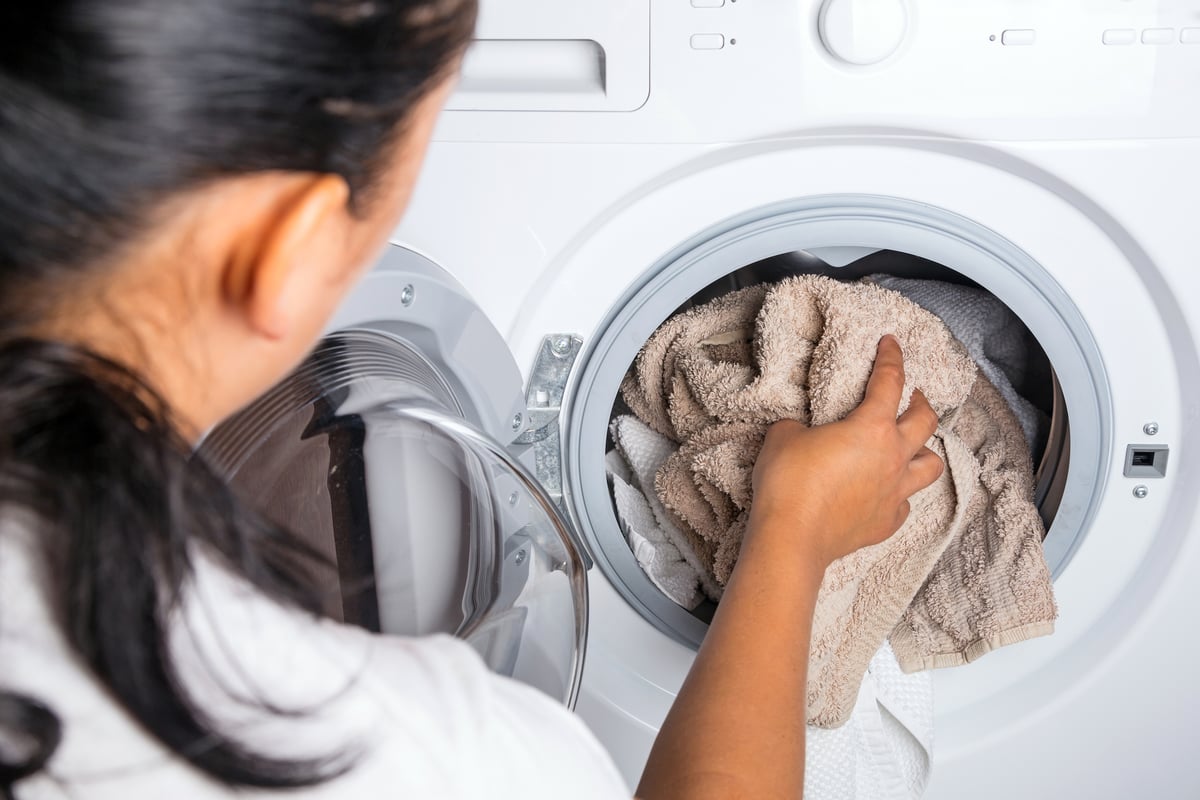
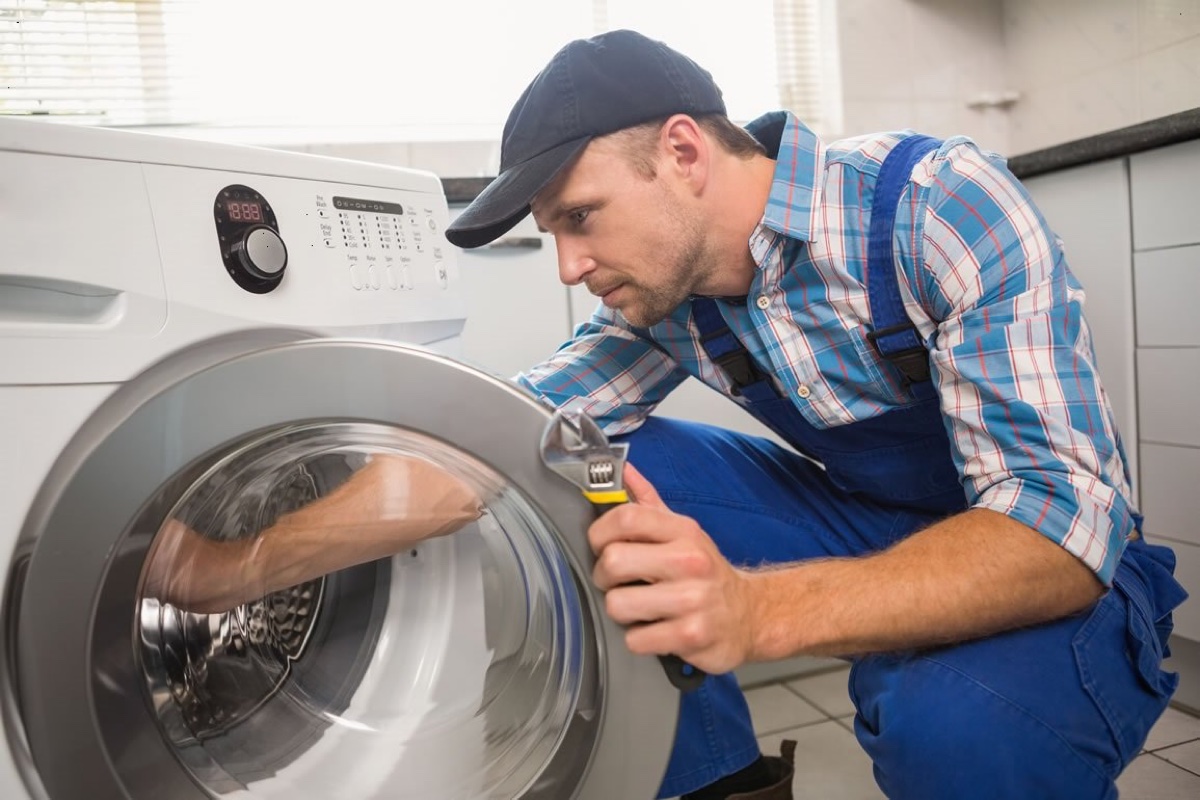
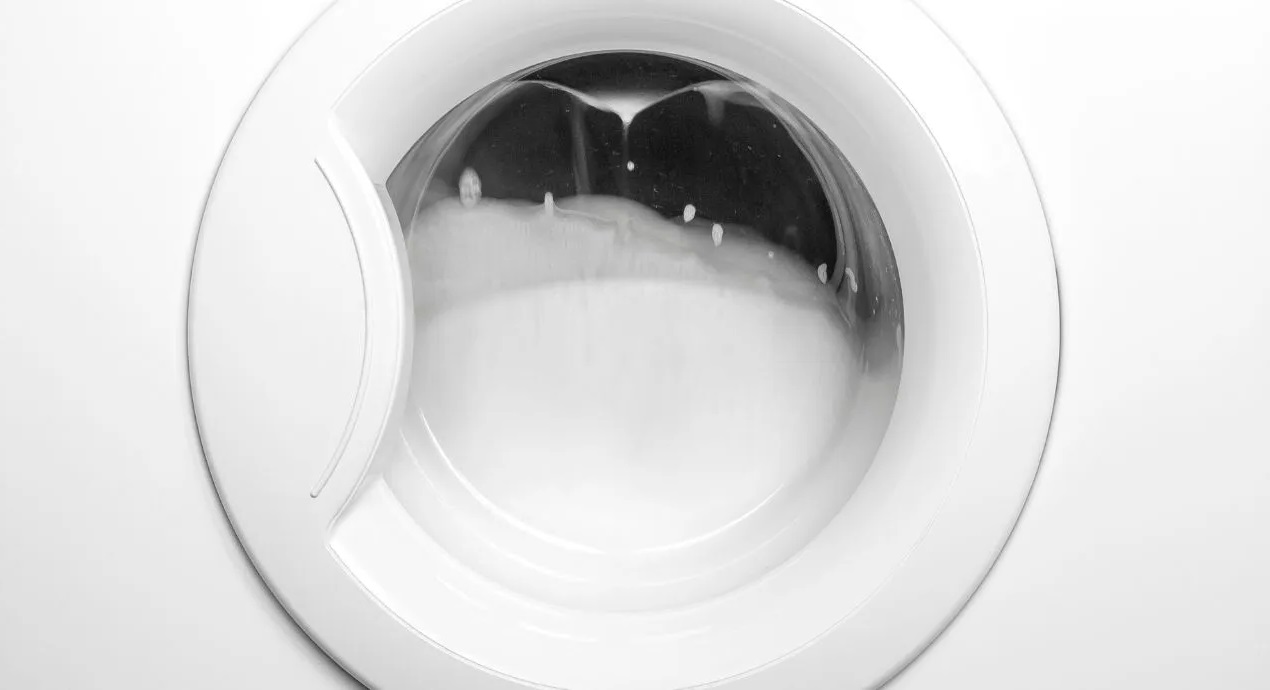
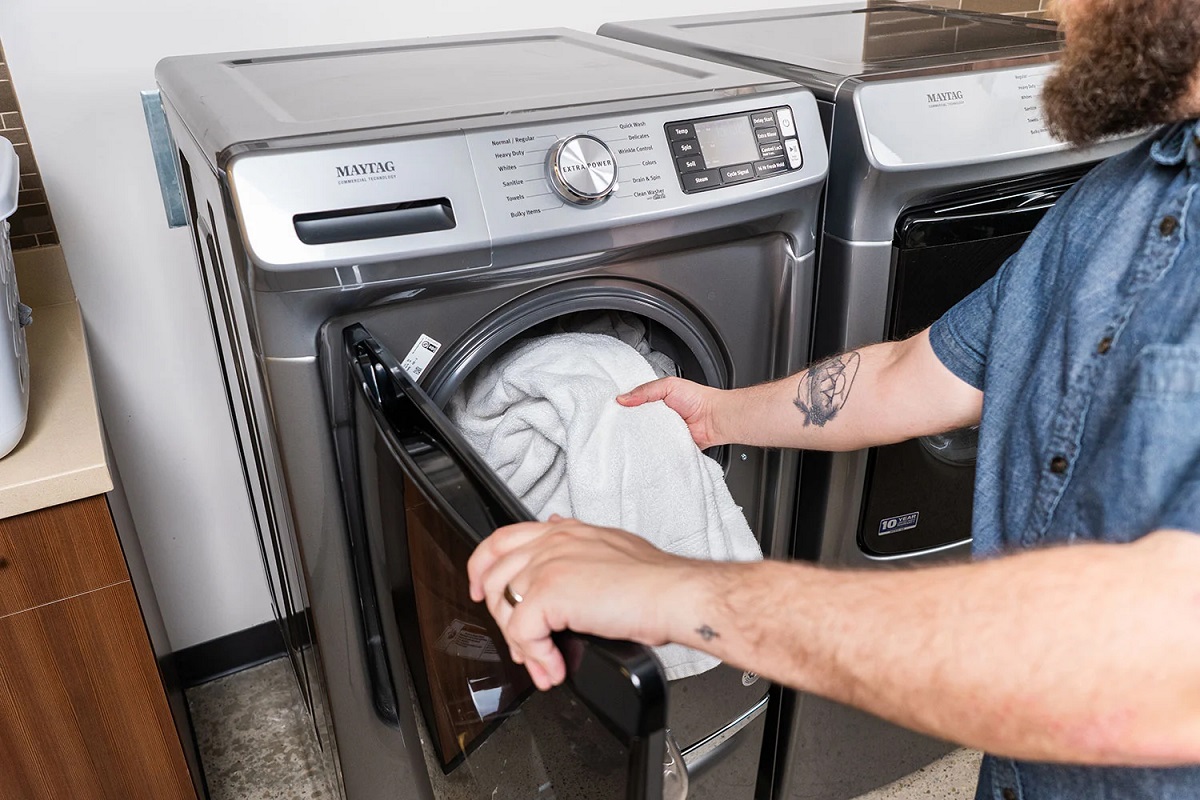
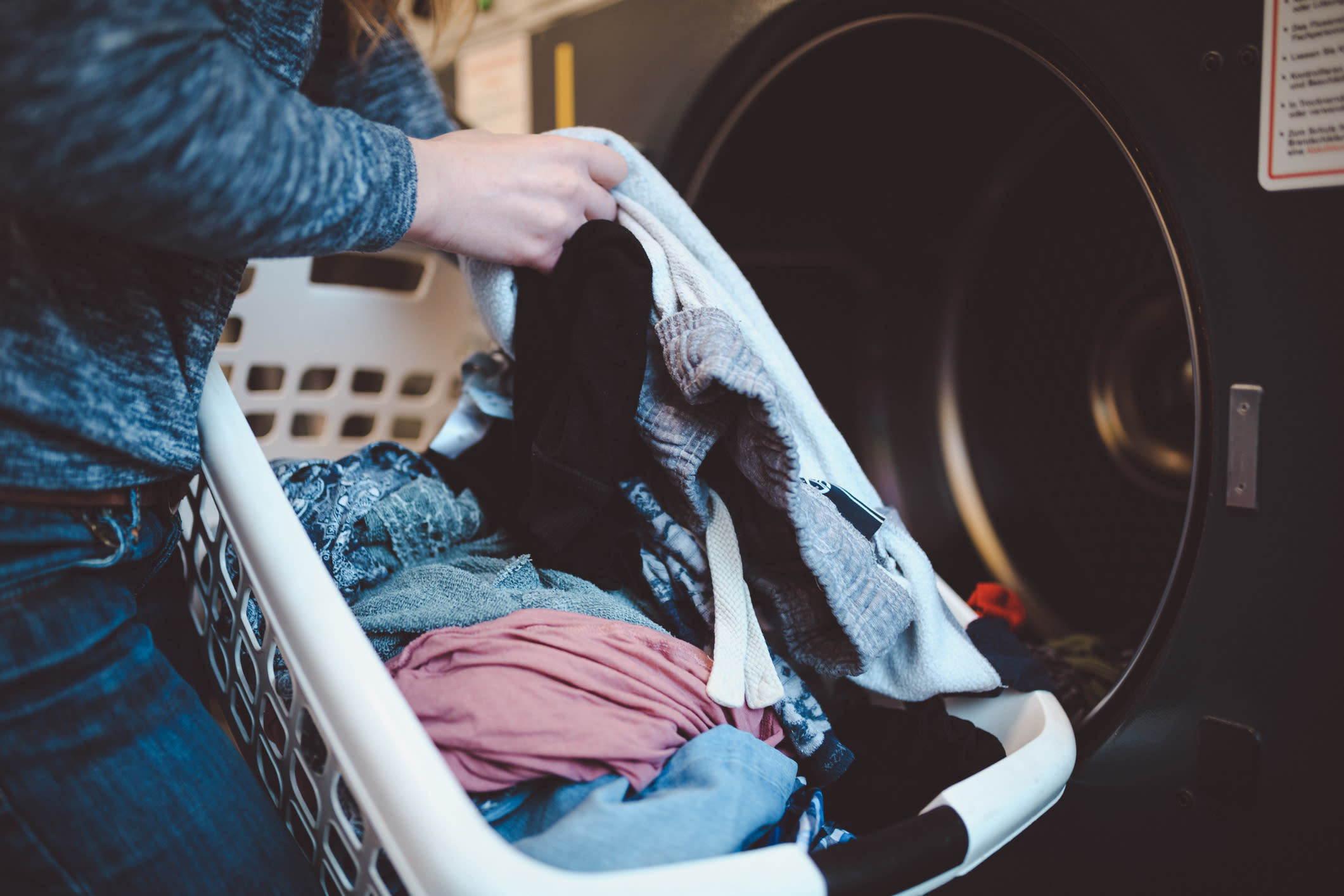
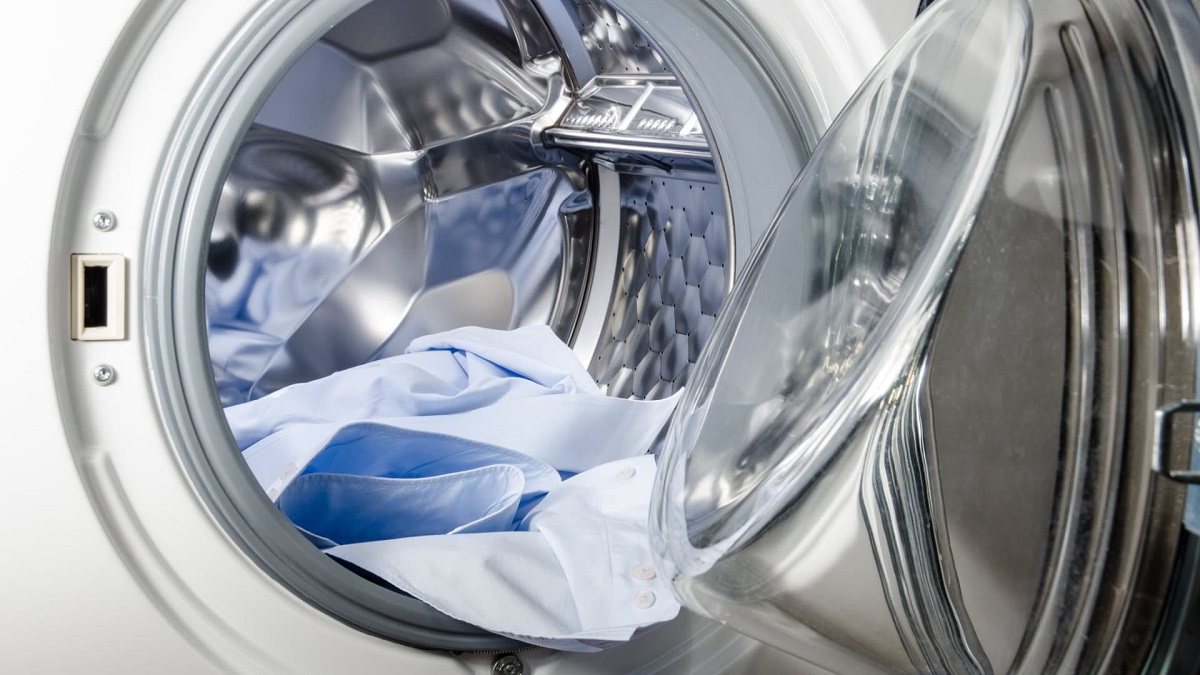
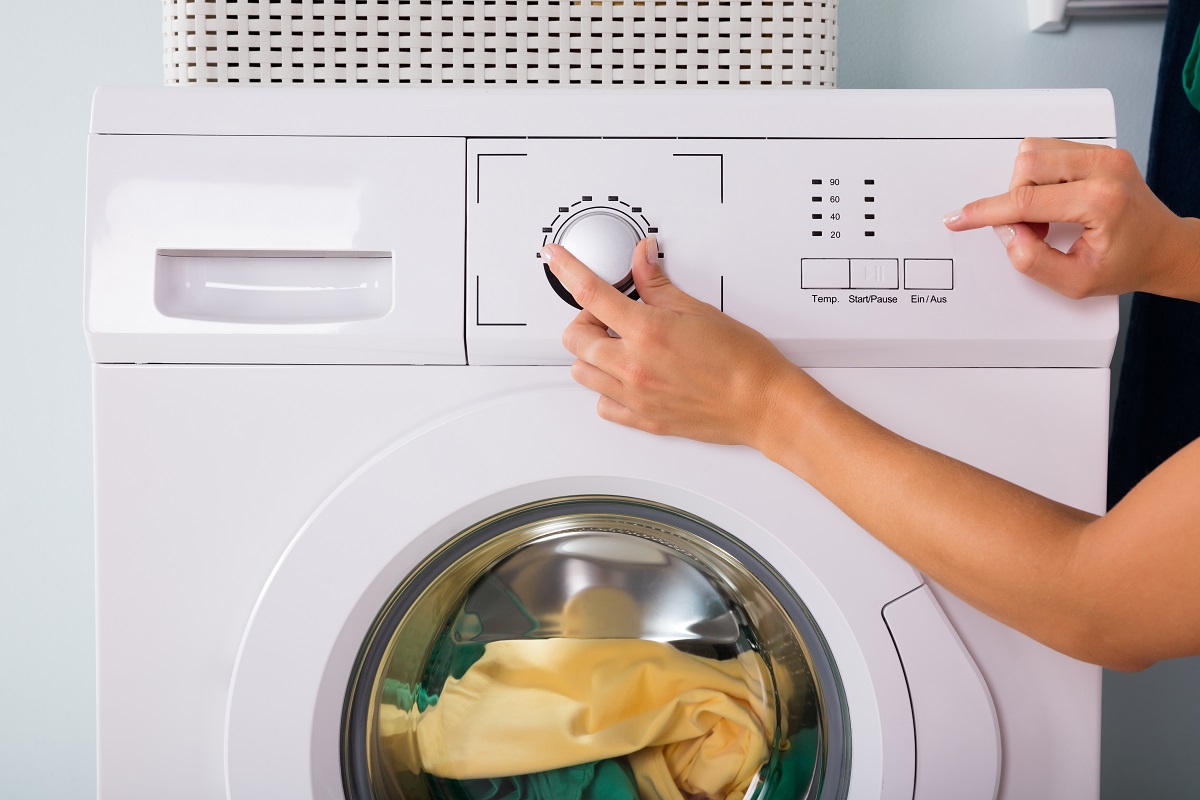
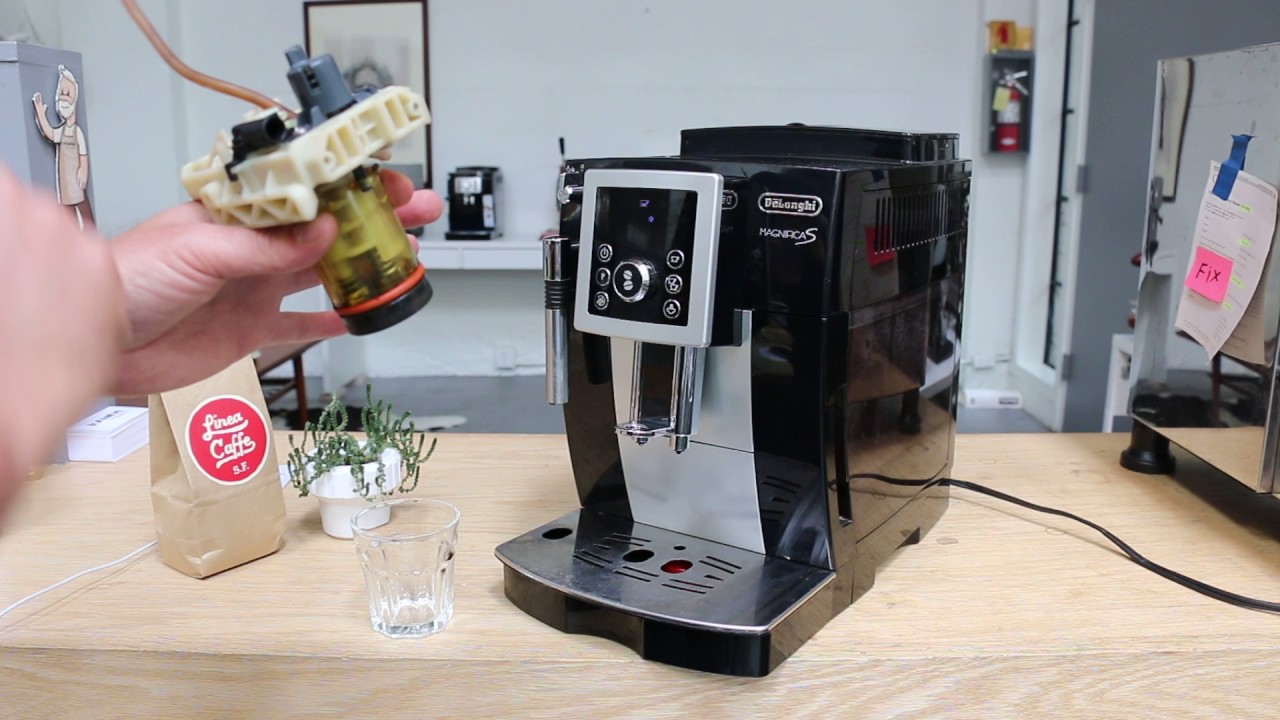
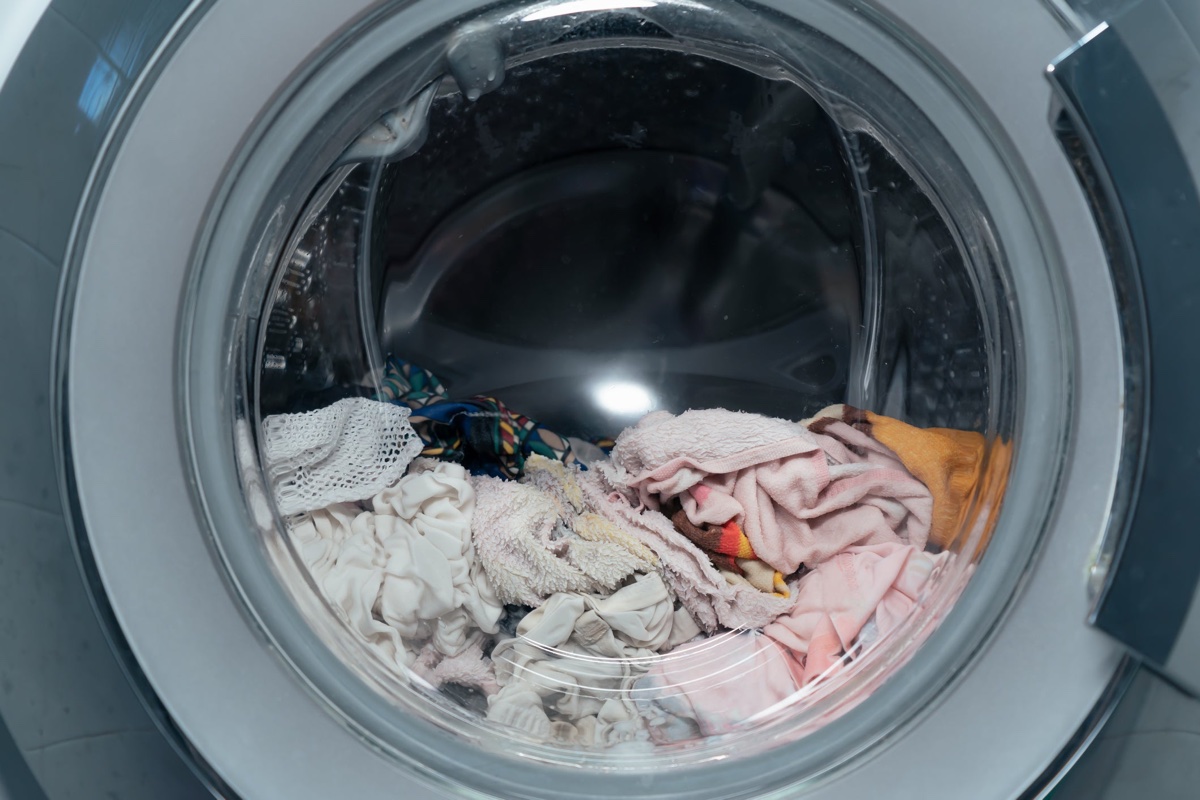
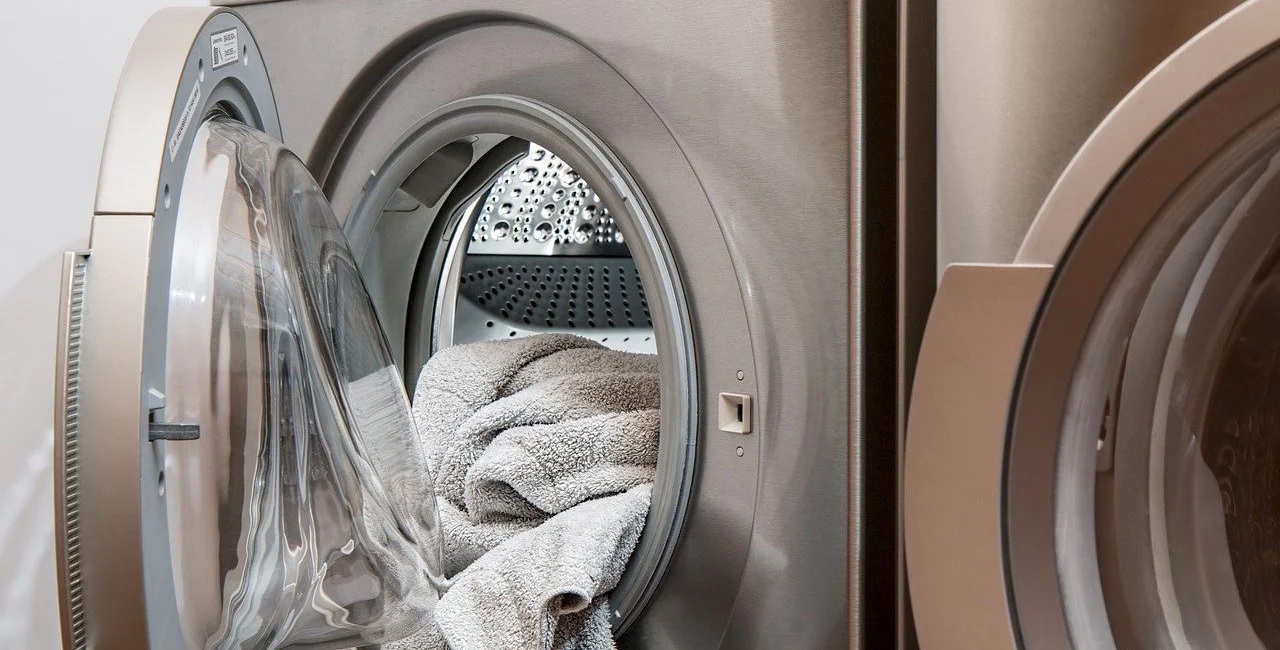
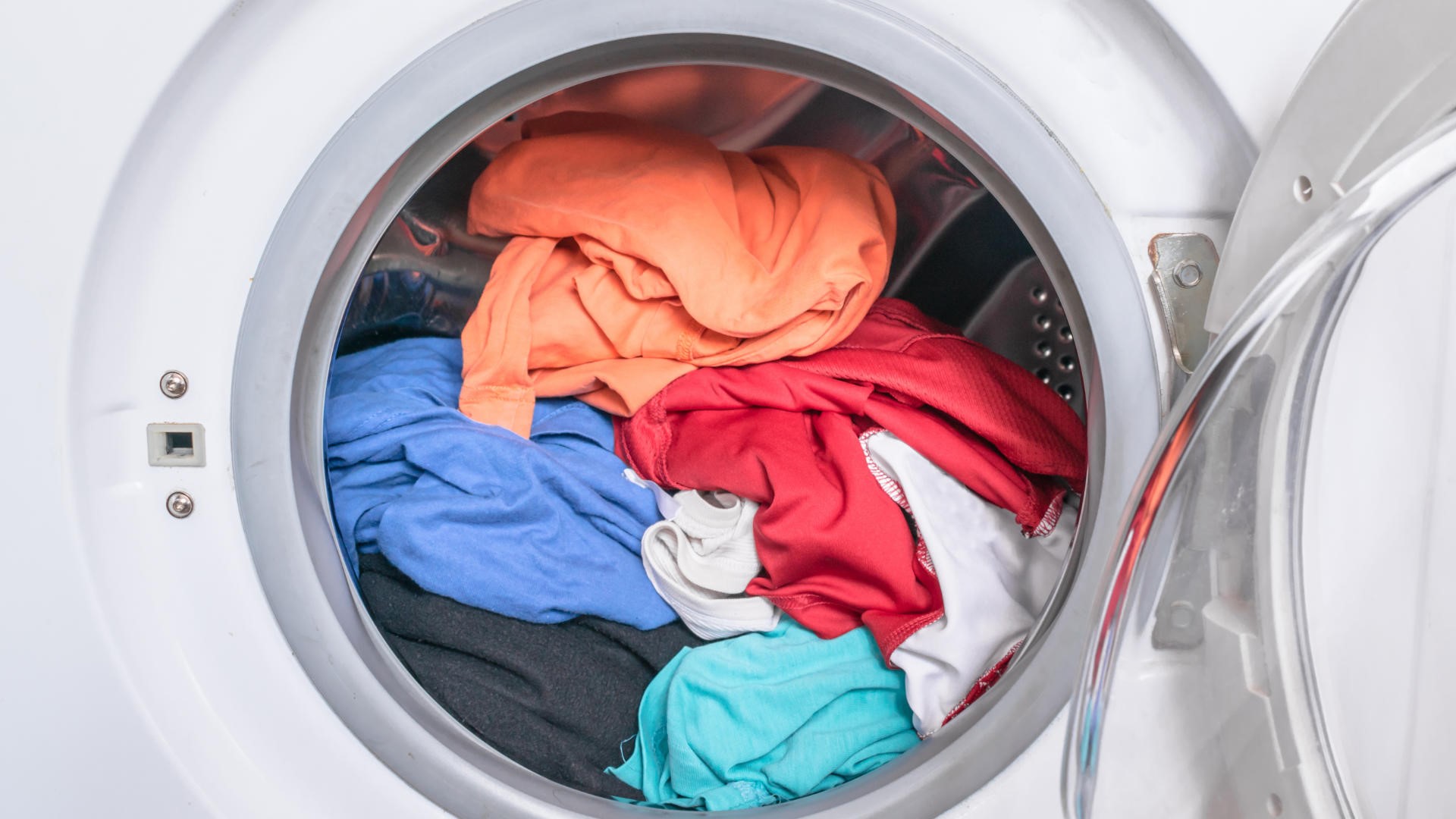
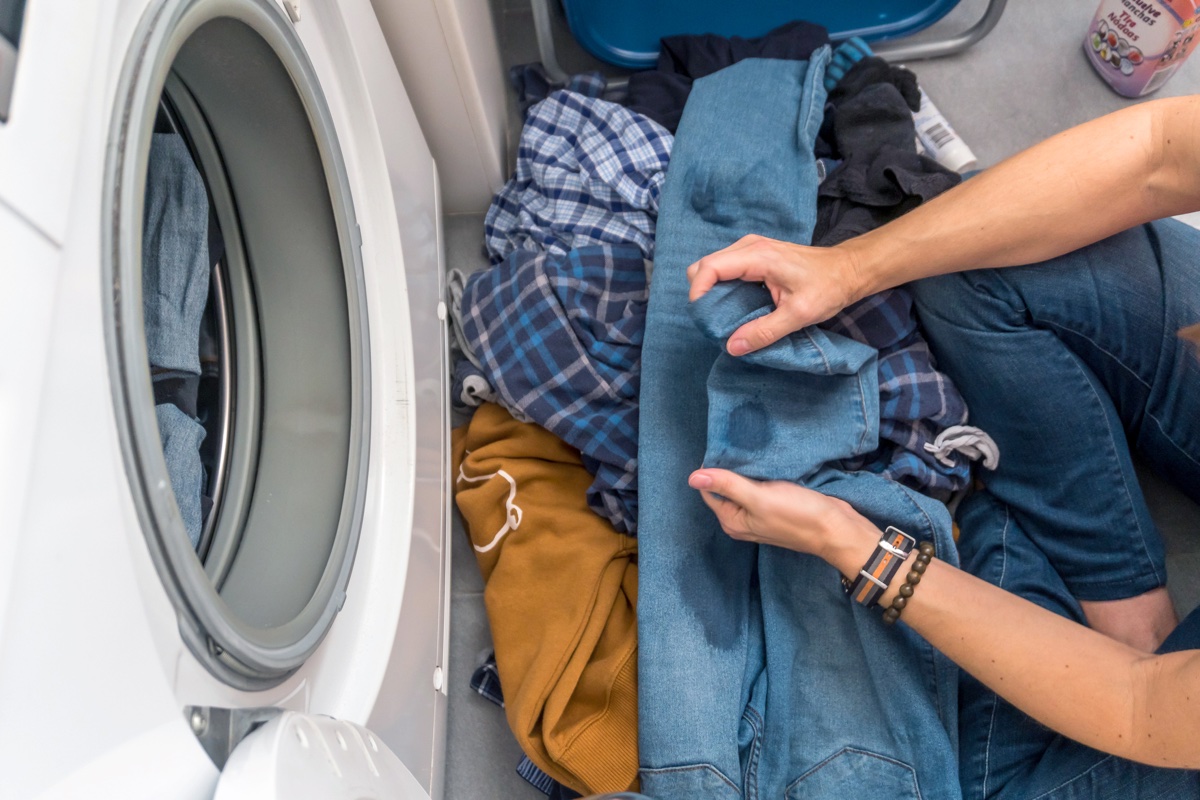
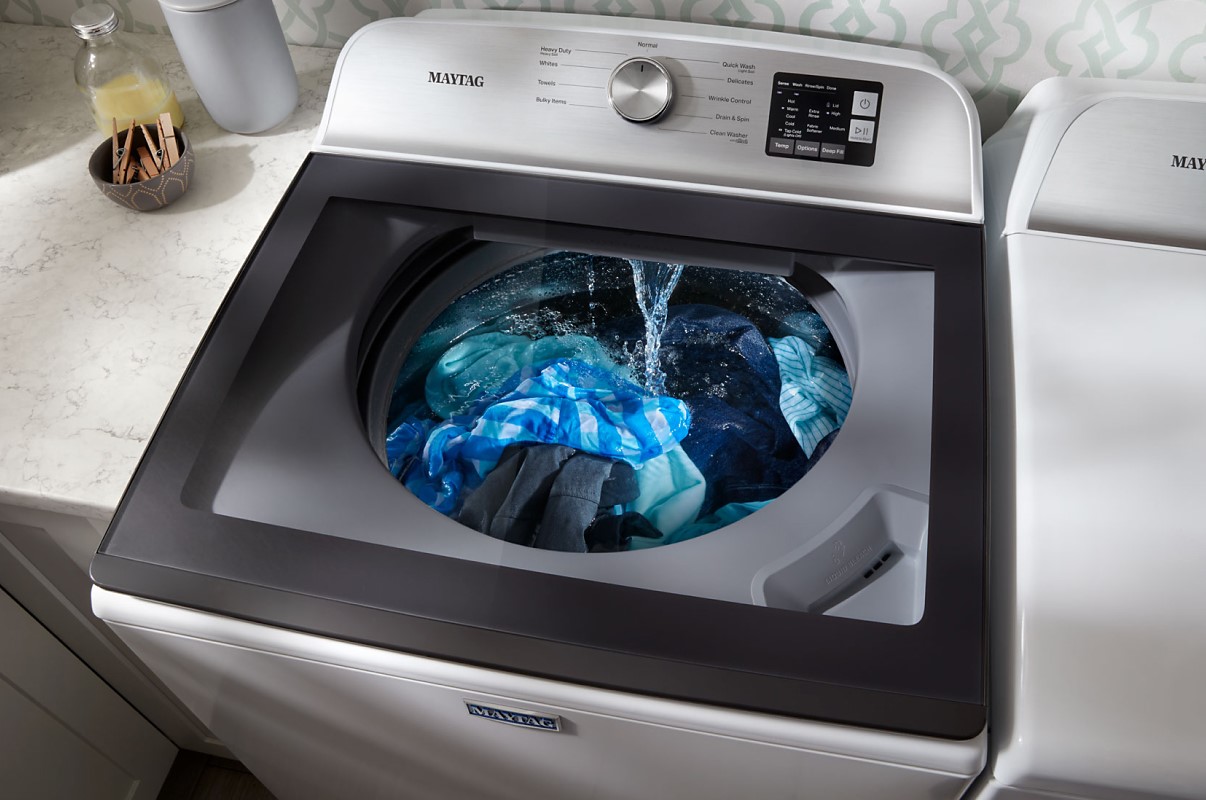
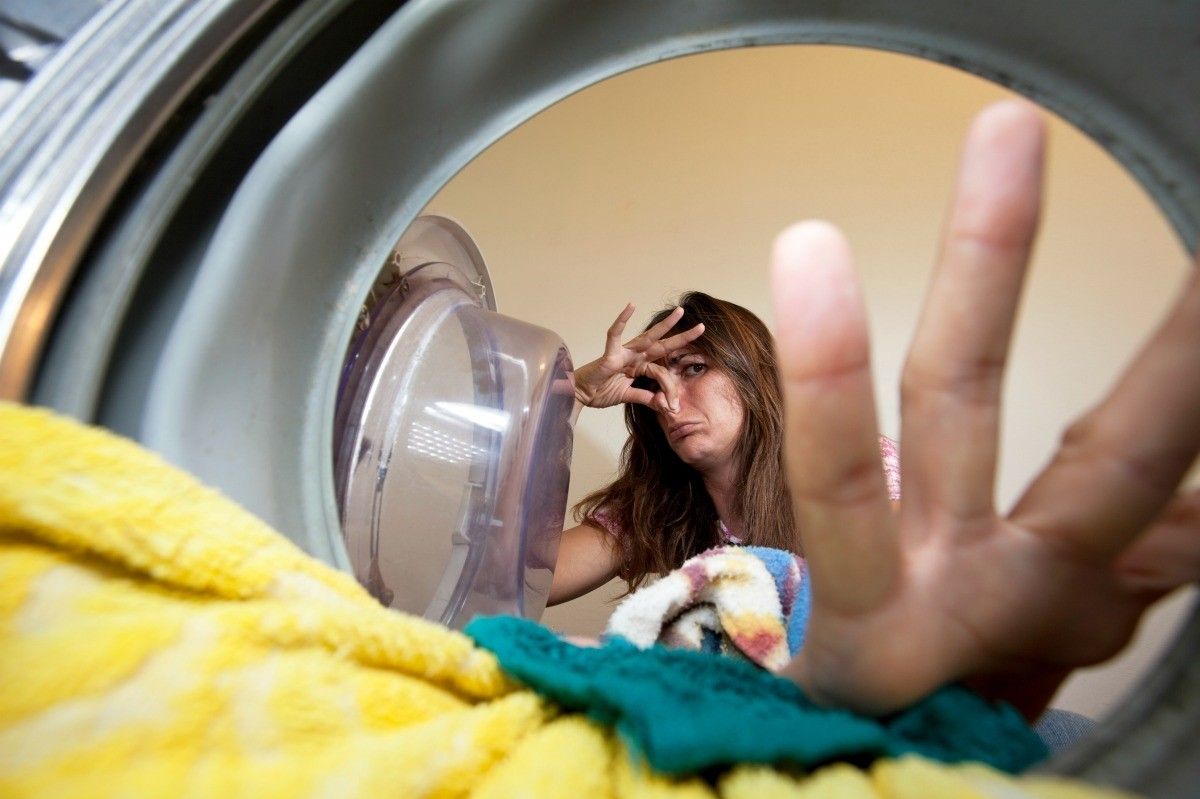
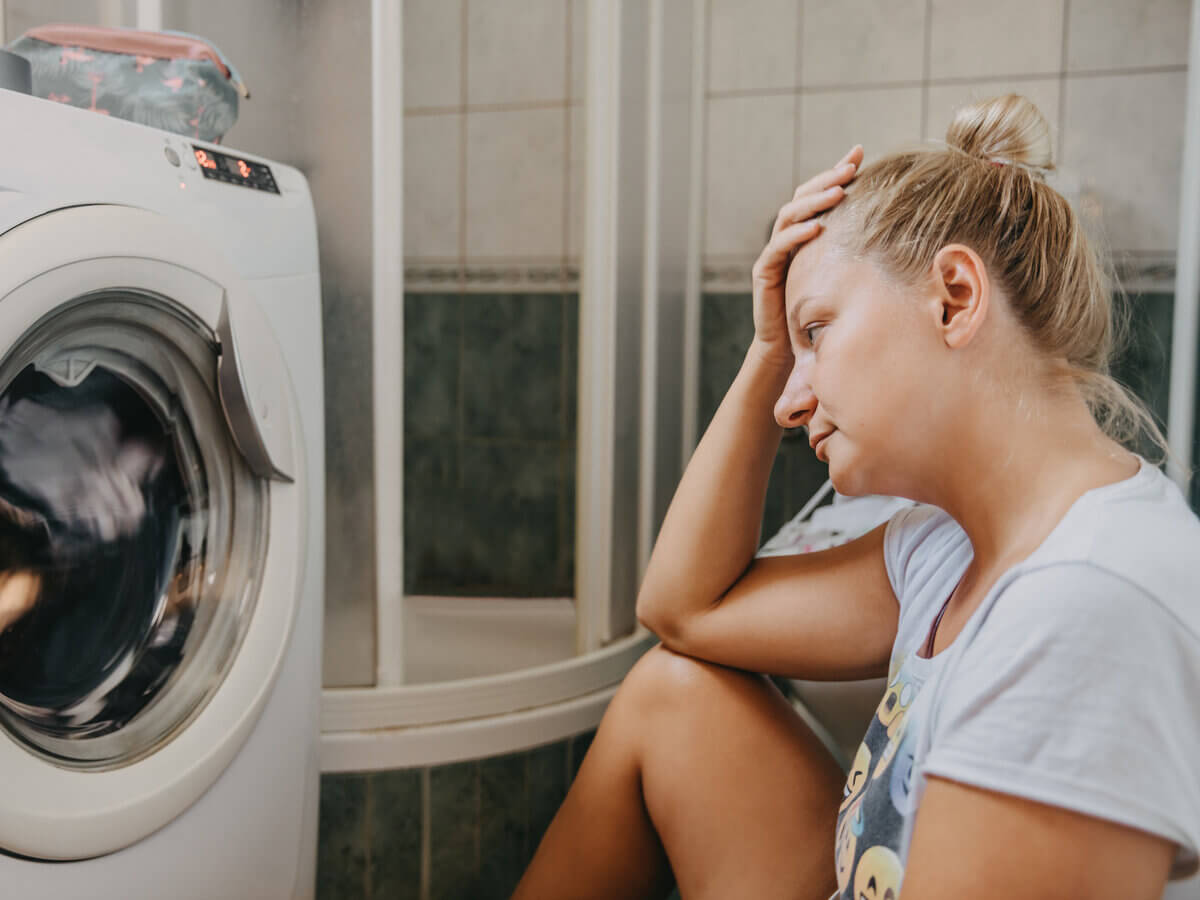

0 thoughts on “Why Is My Washing Machine Not Working”